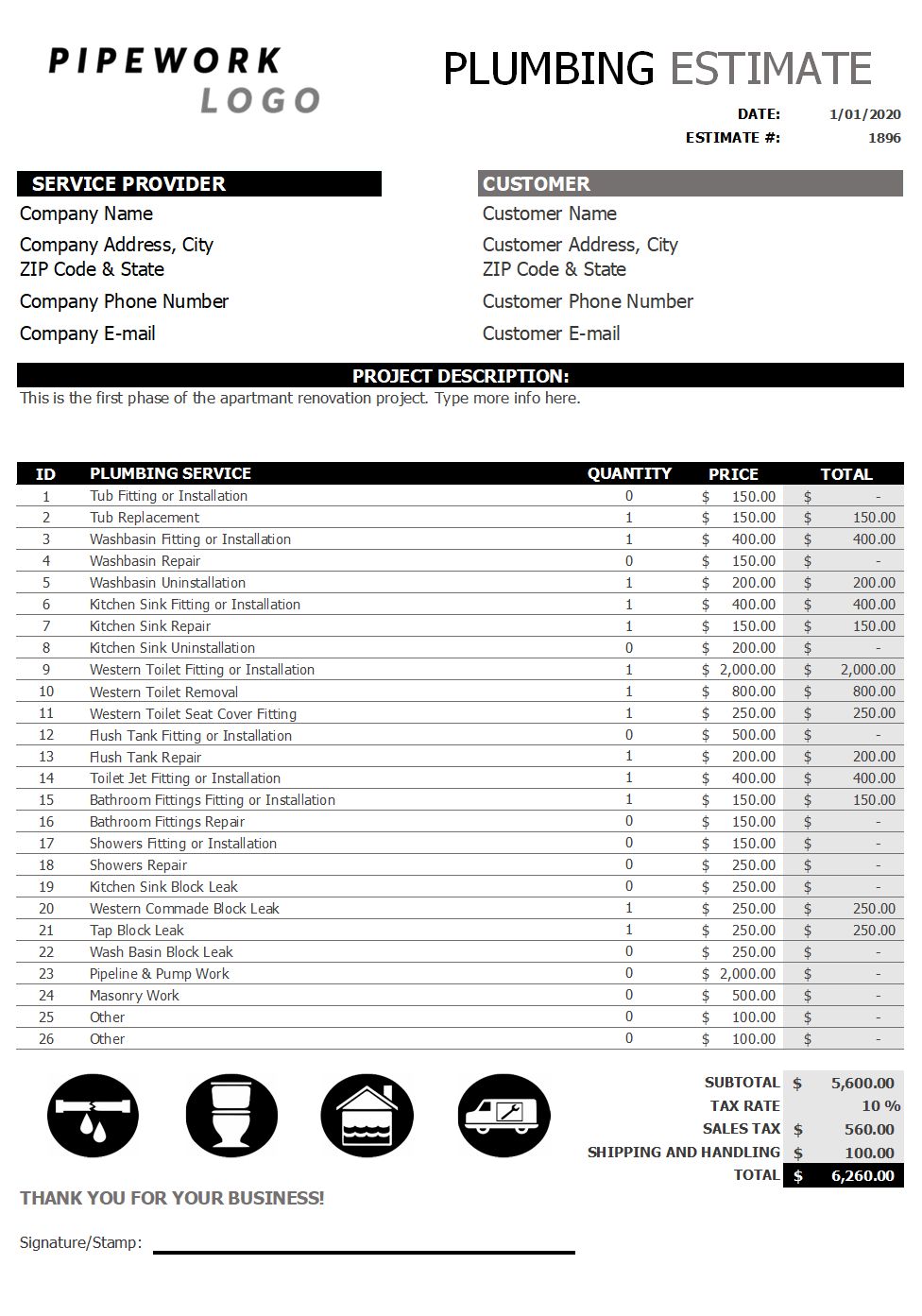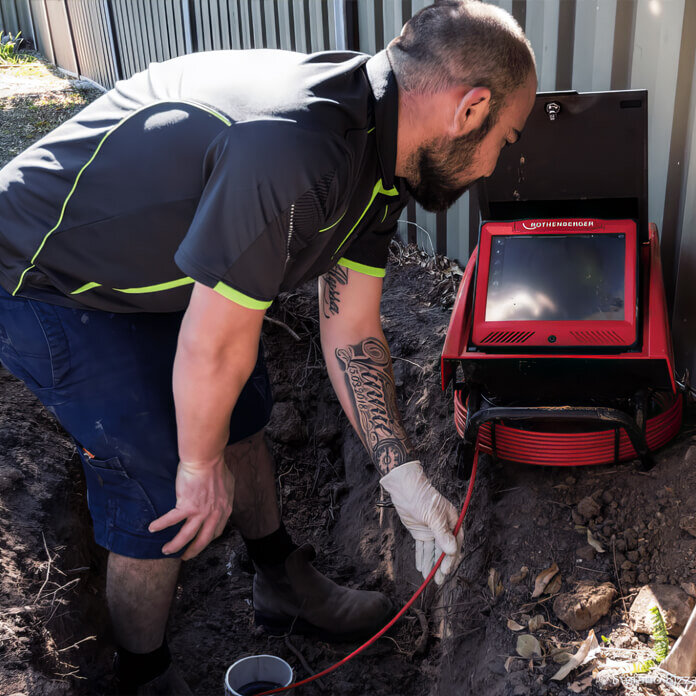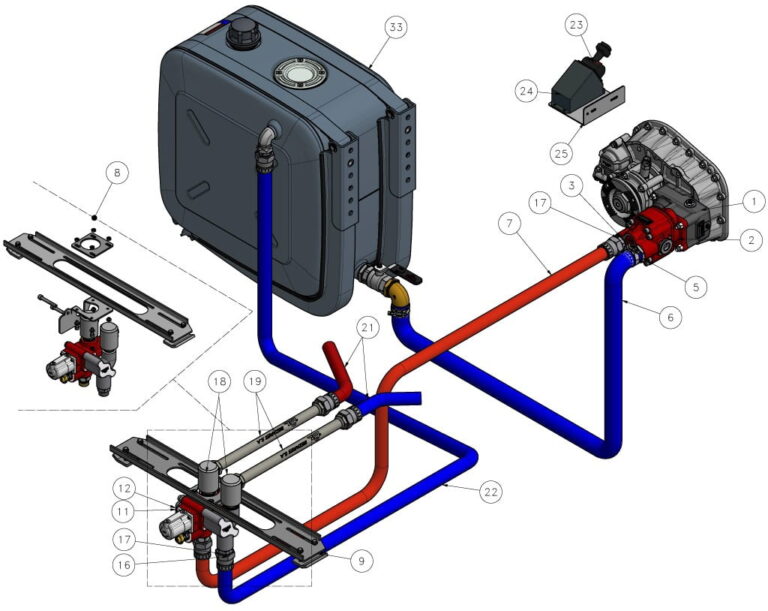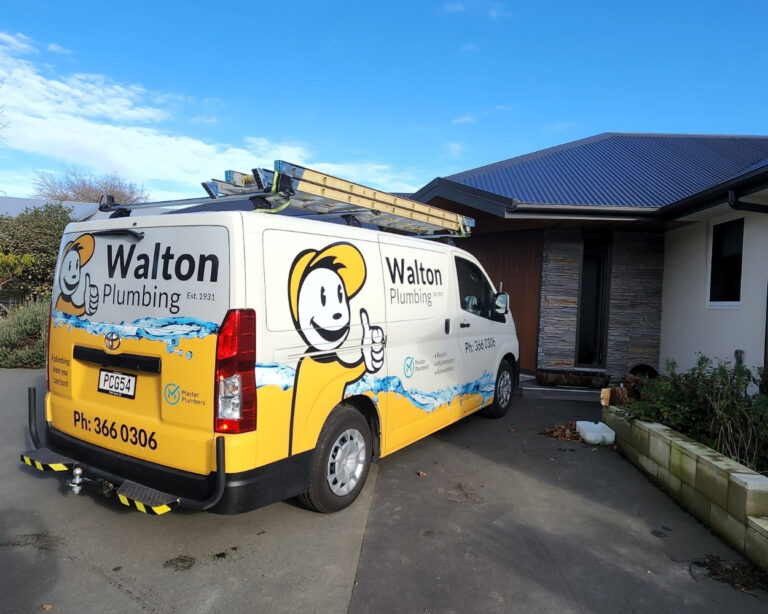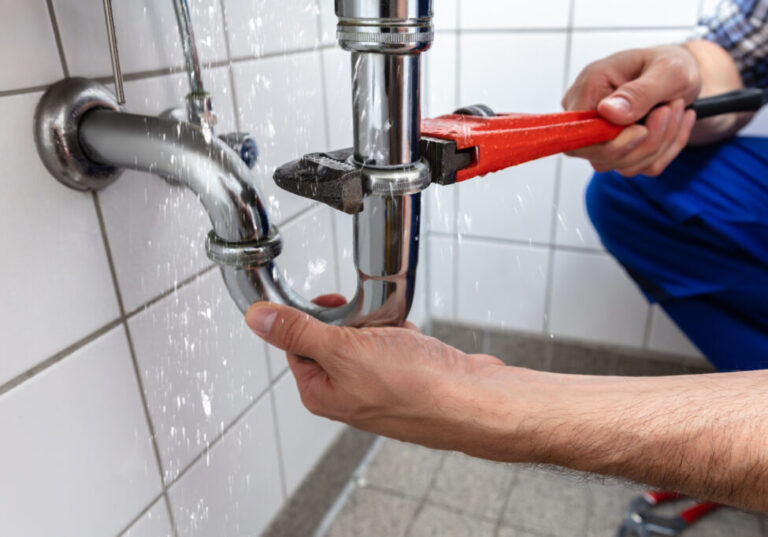How To Write A Plumbing Estimate?
Writing a plumbing estimate can be a daunting task for the novice plumber. To make sure that you get the job done right and make sure that your customer is satisfied, it is important to take the time to create a comprehensive and accurate plumbing estimate. This guide will provide you with a step-by-step guide to writing a successful plumbing estimate. You will learn how to accurately estimate the materials and labor needed for a job, how to accurately quote prices, and how to prepare a contract. By following these steps, you will be able to provide your customers with accurate information and ensure that they are satisfied with your work.
Understanding the Basics of Estimating
Estimating plumbing jobs can be a tricky and time-consuming process. It requires a thorough understanding of the project and the materials and labor required to successfully complete it. This article will provide an overview of the basics of estimating plumbing jobs and how to write a plumbing estimate that can help you save time and money.
When estimating plumbing jobs, it’s important to know what materials are needed and how much they will cost. This means researching the types of pipes, fittings, fixtures, and other materials that will be needed for the job. Knowing the cost of these items helps you to determine how much the job will cost in total. You should also consider any additional costs such as taxes and labor fees.
When writing a plumbing estimate, it’s important to include an accurate description of the job and the materials needed to complete it. This includes the size of the pipes, fittings, and fixtures, as well as the number of hours it will take to complete the job. It’s also important to include any additional services that may be required, such as fixing a leaky pipe or installing a new water heater.
Finally, when writing a plumbing estimate, it’s important to remember that the estimate is only a rough estimate. It’s important to factor in any potential problems that may arise during the job, as well as any additional costs that may come up. By accounting for these potential issues, you can estimate the cost of the job more accurately and ensure that the job is done right.
Gathering Cost Estimates for Plumbing Materials
When it comes to writing a plumbing estimate, one of the most important steps is gathering cost estimates for the plumbing materials needed for the job. Taking the time to research and compare prices for materials can help you create an accurate and competitive plumbing estimate.
To start, it’s important to research plumbing materials and their associated costs. There are a variety of online resources to help with this step, including price comparison websites and plumbing supply catalogs. You should also make sure to consider any applicable taxes and shipping costs when calculating the cost of plumbing materials.
Once you know the cost of the materials, you can begin to estimate the labor costs associated with the job. Take into account the expertise and experience of the plumber as well as the difficulty of the job in order to come up with an accurate estimate. It’s important to remember that the cost of labor can vary widely depending on the location of the job and any special requirements that may be needed.
By taking the time to research and compare the cost of materials and labor, you’ll be able to create a more accurate and competitive plumbing estimate. Doing so can help you to win more business and ensure that your plumbing projects are profitable.
Preparing an Estimate for Labor Costs
Properly preparing an estimate for labor costs is essential for any plumbing business. When creating a plumbing estimate, it is important to provide an accurate breakdown of the labor costs associated with the project. This will ensure that the customer is aware of the total cost, as well as the labor costs associated with the job.
When preparing an estimate, it is important to take into consideration the time it will take to complete the project and any additional costs that may be incurred. Factors to consider include the type of plumbing project, the complexity of the job, the materials needed, and any other expenses that may be incurred. Additionally, it is important to factor in any overtime or additional labor costs that may be necessary.
Once the labor costs are determined, it is important to provide a detailed breakdown of the cost. This should include the hourly rate, the total cost, and any extra services that may be required. Additionally, it is important to include any markup or additional fees that may be charged.
When preparing a plumbing estimate, it is important to ensure that the customer understands the labor costs associated with the project. Providing a detailed breakdown of the labor costs is essential for any plumbing business. This will ensure that customers are aware of the total cost, as well as any additional costs that may be required.

Adding Up All Necessary Costs for the Estimate
Writing a plumbing estimate is a crucial part of any successful plumbing business. It ensures that you are adequately compensating yourself for the job, and that your customer knows exactly what they are paying for. To accurately create an estimate, you must add up all of the necessary costs associated with the job, including the cost of materials and labor.
When compiling a plumbing estimate, it is important to consider the labor costs associated with the job. This includes the hours it will take to complete the job, the cost of any subcontractors you may need to bring in, and any other labor costs incurred. It is also important to consider any additional costs that may arise, such as travel expenses or additional tools and supplies.
Next, you will need to consider the cost of the materials used for the job. This includes any pipes, fittings, and other supplies needed. You should also factor in any additional costs for fuel or equipment rentals. In addition, you should include any necessary permits or licenses required to complete the job.
Finally, you should add in the cost of any additional services that may be needed. This includes any cleaning services, warranty services, or any other services that may be necessary to complete the job. All of these costs should be included in the estimate so that the customer knows exactly what they are paying for.
By taking all of these costs into account, you will be able to create an accurate plumbing estimate that allows you to adequately compensate yourself for the job and ensures that your customer knows exactly what they are paying for. This will help to keep your customers satisfied and ensure that your business is successful.
Presenting the Estimate to the Client
Crafting an accurate and detailed estimate for a plumbing job is only half the battle—once the estimate is complete, it must be presented to the client. Presenting the estimate to the client should be done in person, if possible. This allows the plumber to discuss the project and address any specific concerns the client may have.
When meeting with the client, the plumber should be professional, polite, and prepared. Going into the meeting with the client, the plumber should have a copy of the estimate, a portfolio of their work, and a list of references. During the meeting, the plumber should explain the project in detail and answer any questions the client may have. Additionally, the plumber should discuss any additional costs that may be incurred during the project, such as unexpected repairs, additional materials, or additional labor.
Once the estimate is accepted, the plumber should create a signed contract between the client and themselves, detailing the final cost, payment terms, and timeline for the project. It is also important for the plumber to keep a copy of the estimate and the signed contract in order to reference them in the event of a dispute.
Presenting an estimate to a client is an important part of the plumbing process. By being professional, prepared, and organized, plumbers can ensure that their clients understand the costs of the project and are in agreement with the terms of the contract.
Follow-Up Steps After Sending the Estimate
Once you have created and submitted a plumbing estimate to a customer or client, there are some important follow-up steps that should be taken. First, contact the customer or client to ensure they have received the estimate and check in to see if they have any questions or concerns. This is an important step to ensure that the customer is satisfied with the estimate and to provide helpful feedback. Additionally, be sure to confirm that they understand the payment terms and any other terms that may be included in the estimate.
Next, follow up with the customer a few days after submitting the estimate to check in with them on their decision. If the customer has accepted the estimate, be sure to provide a timeline for when the project will be started and finished. If the customer has not accepted the estimate, follow up with them to see if they have any questions or concerns. This is also a good time to work out any changes that may need to be made to the estimate.
Finally, make sure to document all communication with the customer. This is important for staying organized, as well as for keeping track of any changes that may have been made to the original estimate. Doing this will also help you in the event that there are any disputes or disagreements in the future.
Following these steps will ensure that you provide the best possible plumbing estimate and service to your customers. Additionally, it will help to make sure that your customers are satisfied with the work you have done.
FAQs About the How To Write A Plumbing Estimate?
Q1. What information do I need to include in a plumbing estimate?
A1. A plumbing estimate should include a detailed description of the services being provided, an itemized list of materials needed, labor costs, and the total cost of the job.
Q2. How can I ensure accuracy in my plumbing estimates?
A2. Accurate estimates are essential for plumbing jobs. Make sure to take accurate measurements of the area and research the cost of materials and labor beforehand. Also, don’t forget to factor in taxes and other unexpected costs.
Q3. How long should a plumbing estimate take to complete?
A3. The amount of time it takes to complete a plumbing estimate depends on the complexity of the job. Generally, it should take a few hours to complete the estimate if all the information is readily available.
Conclusion
Writing a plumbing estimate can be intimidating, especially if you’re just starting out. However, by following the steps outlined above, you can create an accurate and professional estimate for your plumbing job. Start by researching the job and gathering the necessary information, such as measurements, materials, labor costs, and any other applicable details. Then, use this information to create an itemized list of the job’s components, including labor and materials, and calculate the total cost. Finally, make sure to provide a clear and concise explanation of the estimate to the customer. With proper preparation and attention to detail, you can create a professional and accurate plumbing estimate.

